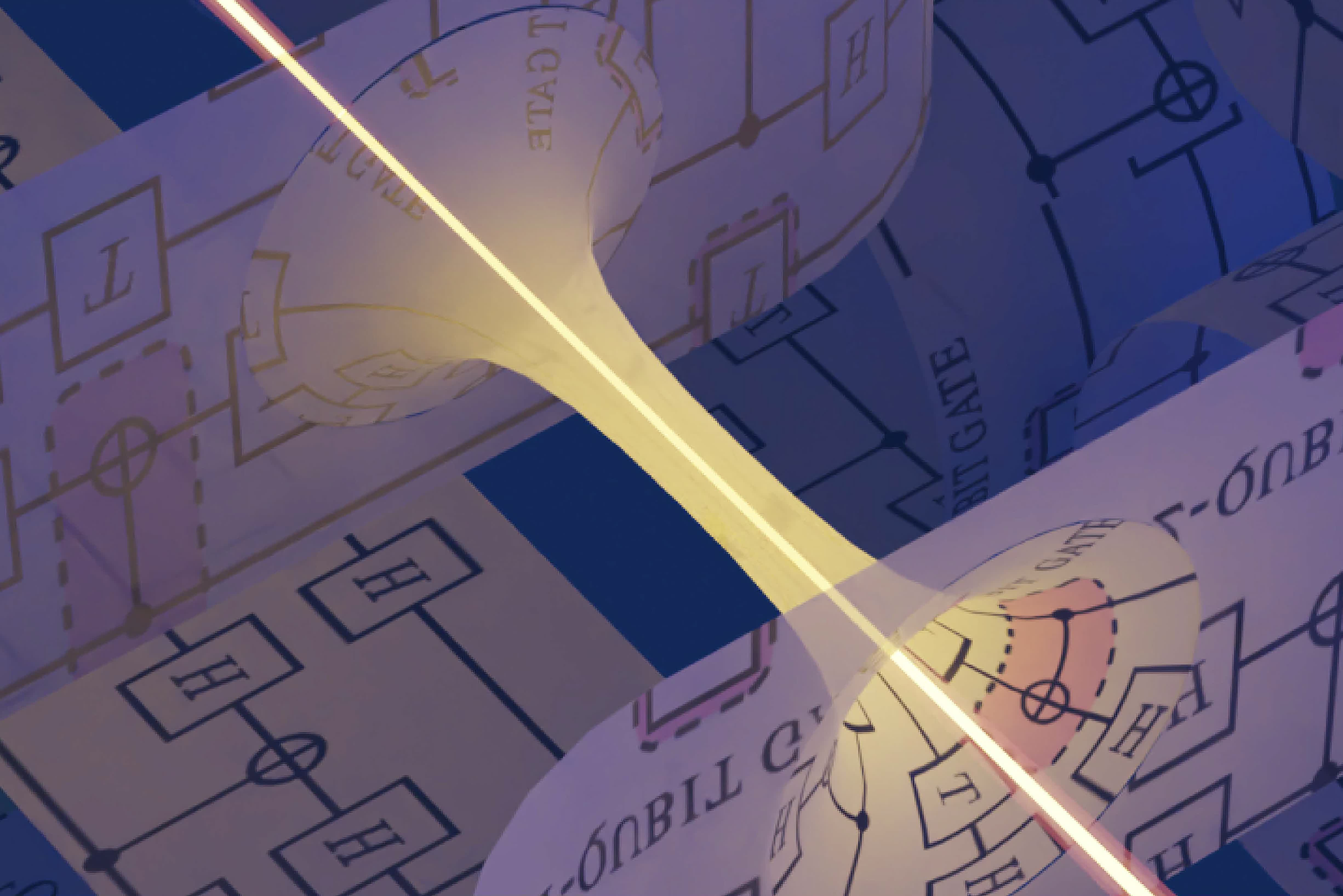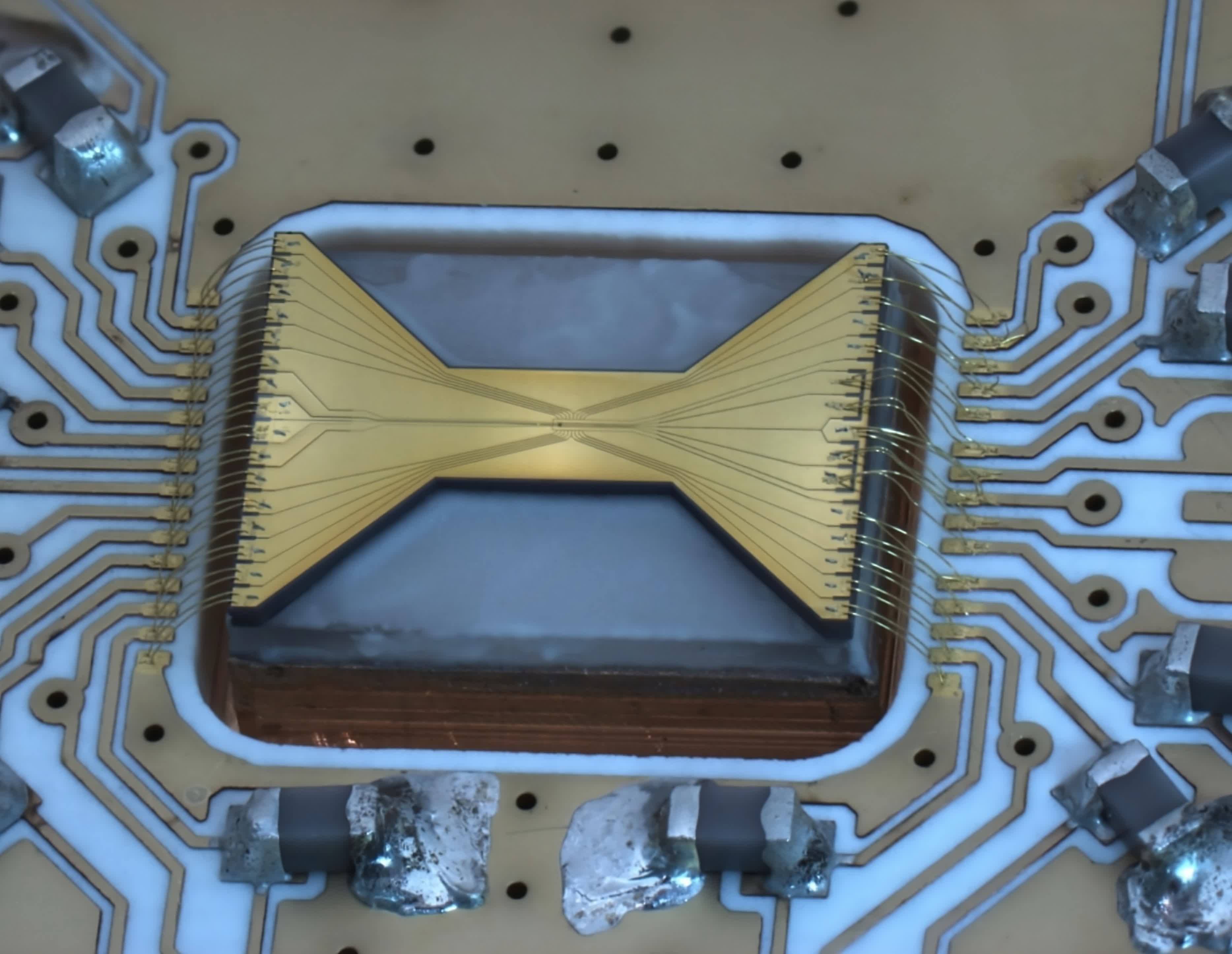Scientist worked out how to transfer data between two machines using quantum teleportation
Breakthrough is a first step in building a quantum network
By Cal Jeffrey February 10, 2025 at 3:44 PM 12 comments

Why it matters: Researchers at Oxford University published a paper in Nature last week describing how they used quantum teleportation to transfer data between two quantum computers placed about two meters apart. They claim the distance is irrelevant as the experiment should have worked regardless of each computer's location. The breakthrough is remarkable as it partially solves a stumbling block in quantum computing.
Instead of transistors, like traditional computers, quantum computers use qubits. Qubits potentially allow for more options than the on/off of transistors, facilitating far more complex calculations. However, engineers have yet to figure out how to miniaturize the hardware, and it takes tens of thousands of qubits to perform complex calculations.
In the meantime, researchers are trying to find ways to link multiple quantum computers to act as one unit. The idea is not dissimilar to distributed computing with traditional computers – connecting many computers on a network to work on one problem. Protein folding is an example. In fact, the research paper is titled "Distributed quantum computing across an optical network link."
However, quantum computers cannot communicate the same way PCs do. To network two (or more, theoretically) quantum computers, quantum objects must be positioned at the sending and receiving ends. Those objects must then become entangled. Entanglement sets both qubits to an unknown but connected state – think Schrödinger's Cat. Once the qubit's state is measured on the sending end, the entangled receiving qubit takes on the same state instantly.

a,b, (1) CZ decompositions of the distributed iSWAP (a) and SWAP (b) circuits, comprising two and three instances of QGT, respectively. (2) The reconstructed process matrices for the iSWAP (a) and SWAP (b) gates indicate average gate fidelities of 70(2)% and 64(2)%, respectively. c, Grover's algorithm. (1) Circuit comprising two instances of QGT: the first implements the Grover oracle call, which marks a particular state, a, and the second implements the diffusion circuit. (2) Measurement outcomes from 500 repetitions of Grover's algorithm per marked state; the average success probability is 71(1)%. All error bars indicate one standard deviation.
Without getting deep into the complex operations of quantum computing, the act of entangling qubits on two or more machines in different locations indicates that it is possible to build a quantum network. Such interconnections can provide the necessary extra qubits to execute more complex programs and operations.
// Related Stories
- Cisco's new IQ platform is like ChatGPT for network ops, and it's coming for your dashboard
- Quantinuum unveils Helios, claims a massive leap toward practical quantum computing
Furthermore, entangled data provides more accurate calculations. Transferring information from a quantum computer to a traditional machine that we can read and interpret presents a higher error rate – another hurdle scientists have struggled to mitigate. Transferring qubit states from one quantum computer to another is lossless, meaning researchers do not have to worry about errors until the linked computers return a result.
To achieve this breakthrough, the scientists created two ion traps (shown below) connected via a two-meter optical cable. Each trap held one strontium and one calcium ion. The calcium ion acted as a local memory unit, while the strontium acted as the interface of the quantum network. The optical cable allowed lasers to fire photons to kickstart entanglement.

Although entanglement was not 100 percent successful with every photon fired, a failure did not disrupt the states of the ions, so the researchers could keep trying without having to reset the entire experiment. Furthermore, entanglement produced a measurable photon, which signaled to the team that it achieved entanglement, a fortunate and significant byproduct.
Once entangled, the scientist could "teleport" specific gate operations to the receiving ions. After many rounds of testing Grover's algorithm, the team found the simple network returned accurate calculations about 70 percent of the time. However, they noted that the errors were unrelated to the teleportation process. As expected, local operations at either end of the hardware produced the mistakes. The team believes that using commercial quantum hardware will yeild more accurate results.
It is a groundbreaking development in quantum computing but is still in the early stages. While the teleportation is not limited by distance, it is limited to the length of optical cable available. It's unclear if it could use existing optical infrastructure, but it's doubtful, considering network noise could present an issue. Nevertheless, the fact that we have developed a way for quantum computers to exchange data instantly is astounding.






